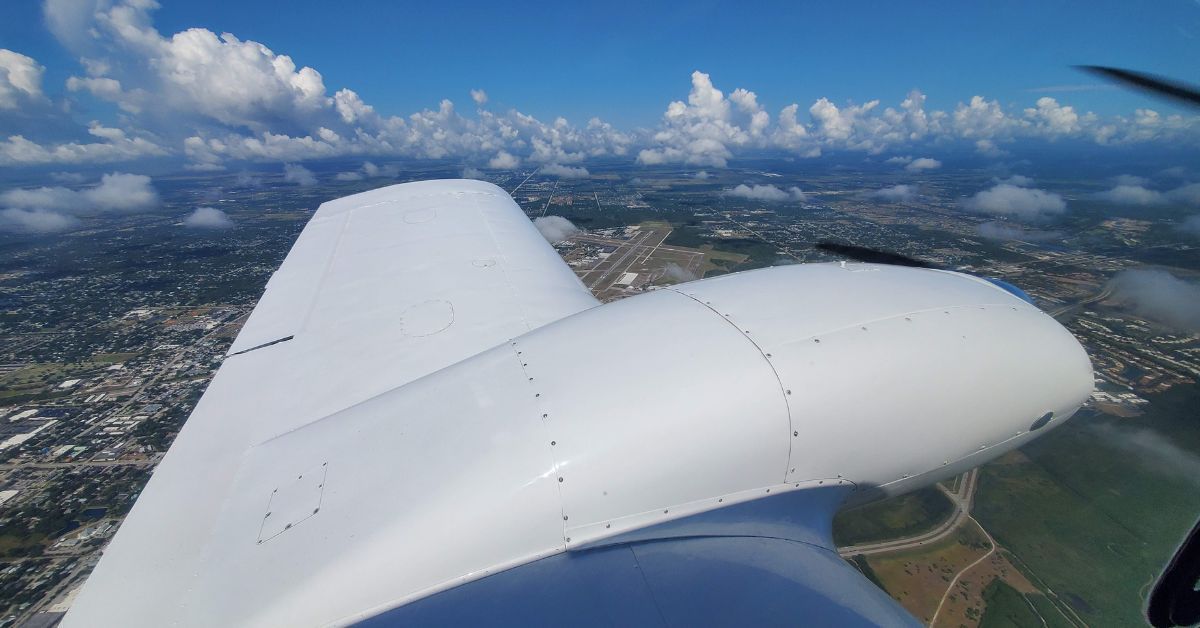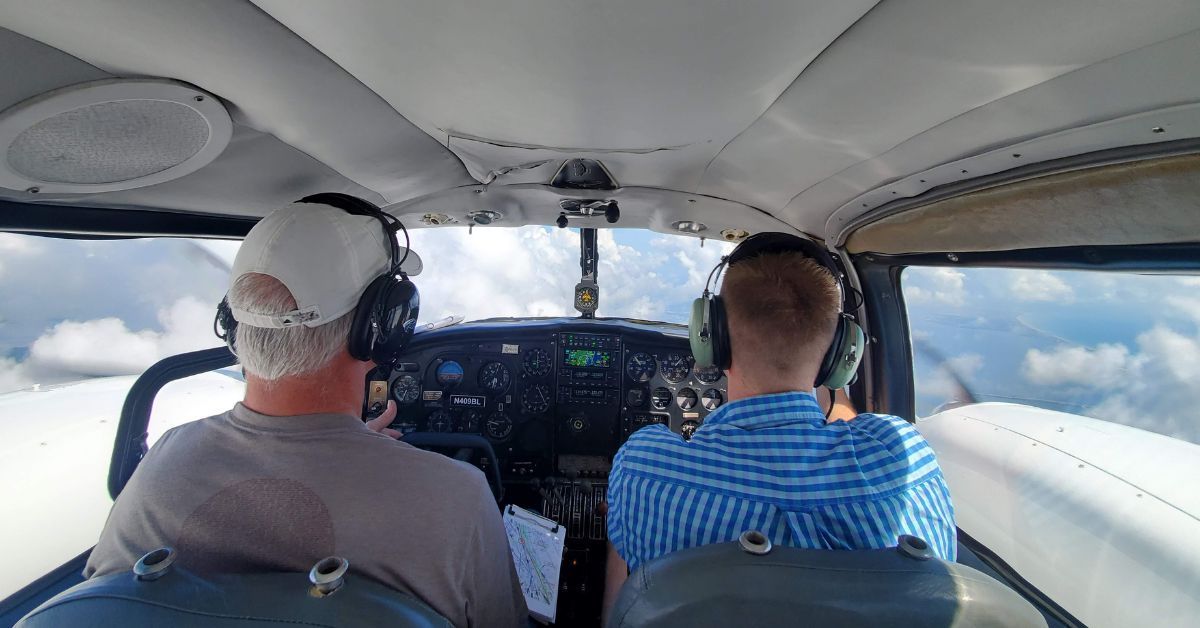The Career Advantages of Multi-Engine Pilot Training
Multi-engine pilot training represents a significant milestone in the career of any aspiring aviator. Gaining this qualification expands your skill set and enhances your employability in a highly competitive industry. Many aspiring pilots are choosing accelerated multi-engine training programs to become proficient in advanced roles in aviation. This blog explores the career benefits of multi-engine pilot training and what makes it a valuable investment for your future.
Why Is Multi-Engine Pilot Training Important?
Aviation is a dynamic industry where versatile skill sets are highly valued. Becoming proficient in flying multi-engine aircraft adds an essential layer of expertise to a pilot’s repertoire.
Understanding how to handle the complexities of aircraft with two or more engines prepares pilots for more technically demanding roles and equips them to respond effectively to challenging scenarios. For example, a pilot trained to fly a Beechcraft Baron or Piper Seneca gains hands-on experience managing asymmetric thrust, engine-out procedures, and complex systems—skills that translate directly to more technically demanding roles.
This training prepares pilots to respond effectively to challenging scenarios, and employers often prioritize candidates with multi-engine experience, recognizing it as a mark of advanced capability and operational readiness. Employers often prioritize candidates with multi-engine training as it signals advanced capabilities and readiness to handle complex aircraft operations.
What Does Multi-Engine Training Entail?
Multi-engine pilot training teaches students how to operate aircraft with multiple engines while managing fuel, power, and aerodynamics systems. It emphasizes mastering asymmetrical thrust situations caused by an engine failure. This training sharpens your ability to maintain control during emergencies, building confidence and technical acumen. Accelerated multi-engine training programs condense learning into an efficient timeframe while preserving safety and skill development.
More Career Opportunities
Earning your multi-engine rating unlocks roles that would otherwise be out of reach. Many airlines and charter companies require pilots to be certified in multi-engine operations before considering them for employment. Additionally, roles in corporate aviation, cargo transport, and advanced flight instruction often demand multi-engine proficiency.
For example, a regional airline operating Bombardier CRJ or Embraer aircraft won’t even consider applicants without a multi-engine rating. A multi-engine rating is an indispensable step forward for those aiming to become airline transport pilots (ATP).

Enhanced Earning Potential
The aviation industry rewards advanced training and certifications. A multi-engine rating can significantly boost earning potential by qualifying you for higher-paying positions. Multi-engine certification demonstrates your ability to handle greater responsibility, including operating larger aircraft and managing complex flight systems. Employers recognize this added value and are often willing to offer competitive compensation packages to pilots with diverse skill sets.
High-Quality, Efficient Training
Time is critical for many aspiring pilots, and accelerated multi-engine training programs cater specifically to this need. By compressing the curriculum into an intensive format, these programs allow you to progress quickly while maintaining rigorous training standards. You can earn your certification sooner and apply for advanced roles without delay. The blend of efficiency and quality makes accelerated programs appealing for career-focused individuals.
Building Confidence and Technical Skill
Flying multi-engine aircraft requires additional knowledge of systems management and operational procedures. Completing this advanced training elevates a pilot’s confidence in day-to-day operations and handling emergencies. The focused practice on single-engine failure management and multi-engine control dynamics instills a sense of competence that translates directly into professional settings. This technical expertise sets you apart in a competitive job market.
Meeting Industry Demand
The demand for skilled pilots continues to grow as the aviation sector evolves. Airlines, private charter companies, and corporate aviation leaders seek multi-engine certified pilots to meet operational needs. This is because many aircraft used in these segments require specific training for safe and efficient operation. Acquiring a multi-engine rating position meets the expectations of these employers.
Gaining a Competitive Edge
Pilots entering the workforce face significant competition, making it essential to stand out. A multi-engine certification signals to employers that you possess advanced technical knowledge and a commitment to professional growth. This credential positions you ahead of candidates who lack experience with complex aircraft, increasing your chances of securing sought-after roles and long-term career advancement.

Learning From Industry-Experienced Professionals
Reputable aviation schools offering multi-engine training programs employ experienced instructors who bring real-world expertise to the classroom and cockpit. Students learn directly from professionals who understand the realities of multi-engine operations in the aviation industry. The guidance and mentorship during this training will enrich your learning experience and equip you with practical insights applicable to your career.
Preparing for Industry Certifications
Earning a multi-engine rating aligns closely with the requirements of higher certifications, such as the Airline Transport Pilot (ATP) license. Since the ATP license is a prerequisite for becoming a captain or pilot-in-command at most airlines, starting with multi-engine training lays a vital foundation for your aviation career. For example, a pilot aiming to fly for a major carrier like Delta or United must complete multi-engine training before progressing to ATP certification.
Accelerated programs make this path more efficient, allowing you to gain the required experience and qualifications faster without compromising quality. These programs are ideal for motivated pilots who want to integrate multi-engine training seamlessly into their broader career development plan.
Strengthening Your Resume
Employers value pilots who take the initiative in advancing their professional qualifications. Including a multi-engine rating on your resume demonstrates ambition and technical proficiency, both critical traits sought after in aviation. Your advanced training and readiness to handle the responsibilities of multi-engine operations can make you a stronger candidate in the eyes of hiring managers.
The Value of Community and Networking
Multi-engine training enhances your technical abilities and connects you with like-minded individuals in the aviation community. Building relationships with peers, instructors, and industry professionals during your training can open doors to mentorships, job referrals, and collaborations. Being part of a network of ambitious and skilled aviators motivates personal growth and provides ongoing opportunities for career development.
Is Multi-Engine Training Right for You?
If you’re serious about your future in aviation, attaining the career advantages of multi-engine pilot training is a logical and beneficial step. The versatility it provides makes you a competitive pilot. Whether you’re a recent aviation student, an aspiring professional, or someone transitioning to a new career, multi-engine training delivers long-term rewards.
Unlock your full potential in aviation by considering a top-notch multi-engine pilot training program. This step allows you to meet industry demands, expand your career opportunities, and pave the way for growth.
At Arapahoe Flight Club, we offer comprehensive multi-engine training designed to prepare you for real-world flying and long-term career success. With expert instructors, modern aircraft, and a supportive learning environment, you’ll gain the skills and experience needed to advance in today’s competitive aviation landscape.
